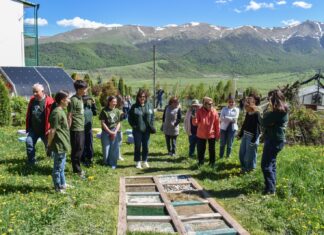By Hayk Demoyan
On November 24 of this year, Armenia is going to sign an accord with the European Union during the EU summit in Brussels. Although some may call it a moment of truth, one should foresee that any move towards closer European integration is not an easy one for Armenia. It definitely will be monitored by Moscow, which will apply heavy pressure.
It was such pressure earlier which led President Serzh Sargsyan to decide ad hoc to turn Armenia’s move towards European integration in the opposite direction. This happened on September 3, 2013, when it was declared that Armenia would join the Eurasian Economic Union. Such a decision saddened many in Armenia and in Europe, since the country, at least within the last decade, was declaring that European integration is a dominant paradigm among Armenian foreign policy priorities.
What we see now from the EU is a policy of offering added incentives in order to keep Armenia motivated for closer relations with the EU — no doubt, at the expense of Armenia’s Eurasian preferences. The recent statement of Piotr Switalski, the head of the EU delegation in Armenia, should be understood in this context. He suggested that Armenian officials be prepared for a visa-free agreement between EU countries and Armenia. The West tries to synchronize its offers to official Yerevan, naturally targeting the latter’s heavy dependence on Russia.
Quite recently, Richard Mills, the US ambassador to Armenia, stated that Armenia had great potential for developing renewable energy, adding that “there were prospects for investing 8 billion US dollars as part of cooperation in this field.” While making such an unprecedented statement, the American diplomat also stressed that the US Embassy could not guarantee the implementation of investments if Armenia failed to show its attractiveness to US investors, and “ensure equal rules to all players.” Official Yerevan reacted to such a proposal with silence.
If one wants to count the Eurasian “blessings” of Armenia since the very moment the country joined this organization, then it becomes obvious that since 2013 Armenia secured and even institutionalized the status of a “geopolitical hostage” country while in the Eurasian Economic Union (EEU). This new club of former Soviet republics is in a friendlier and closer partnership with Azerbaijan than with its natural ally, Armenia. This is obvious even from the position of Russia, which is still supplying modern weaponry to Azerbaijan. To the protests from Yerevan, Moscow gives a bizarre excuse: “If we do not sell to them, then they can buy it from other sources.”








